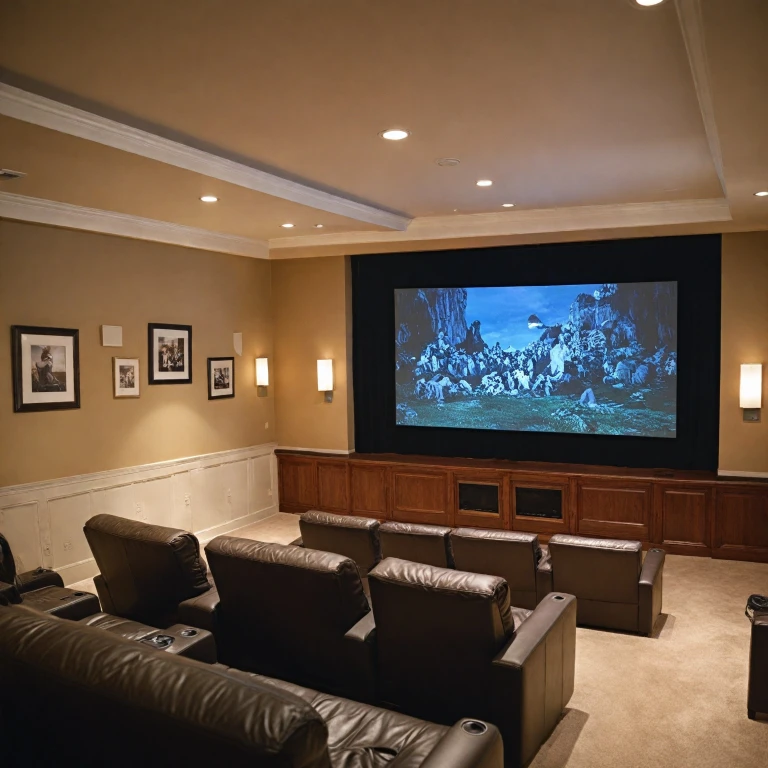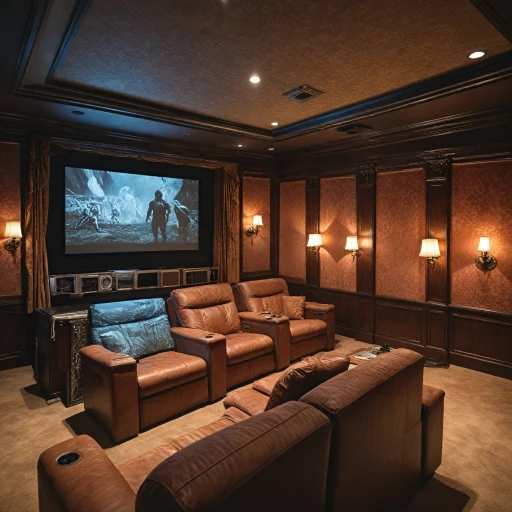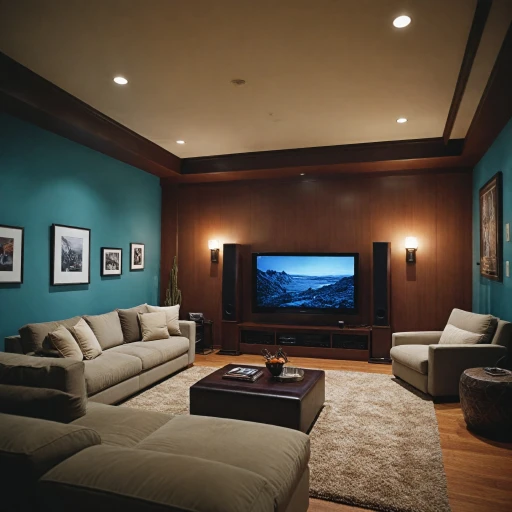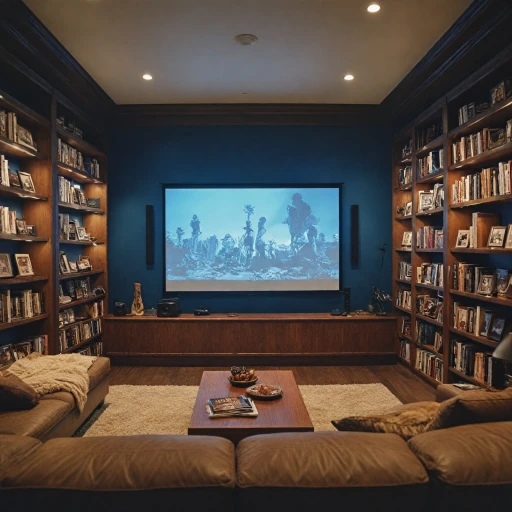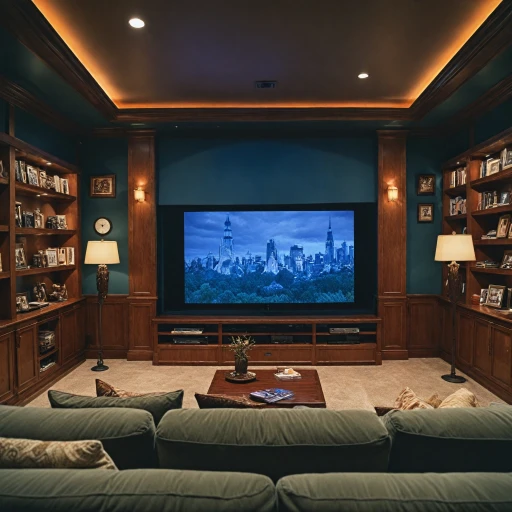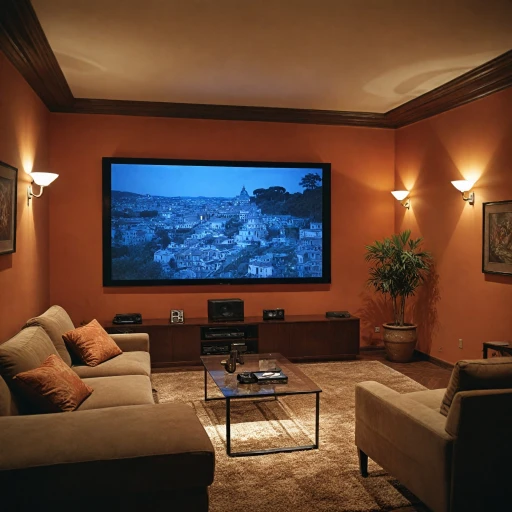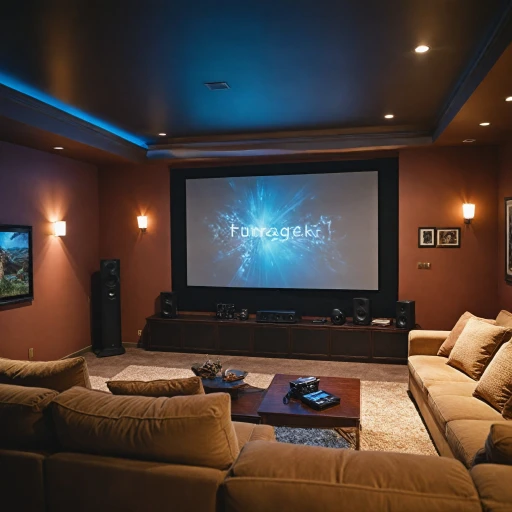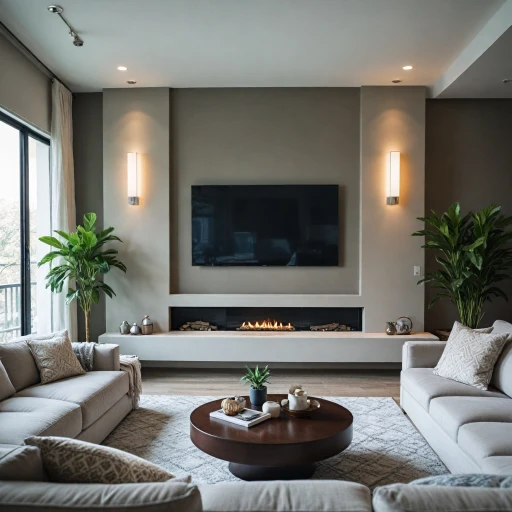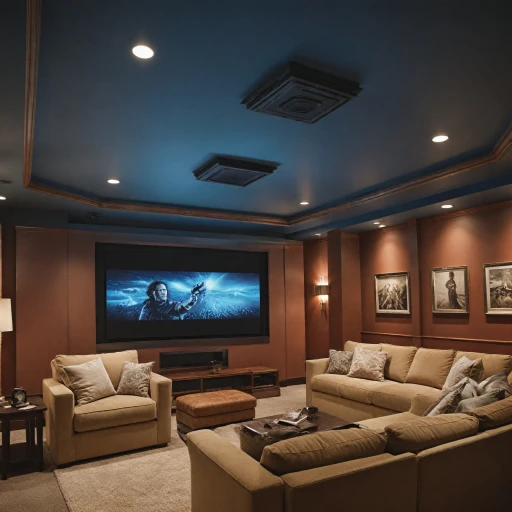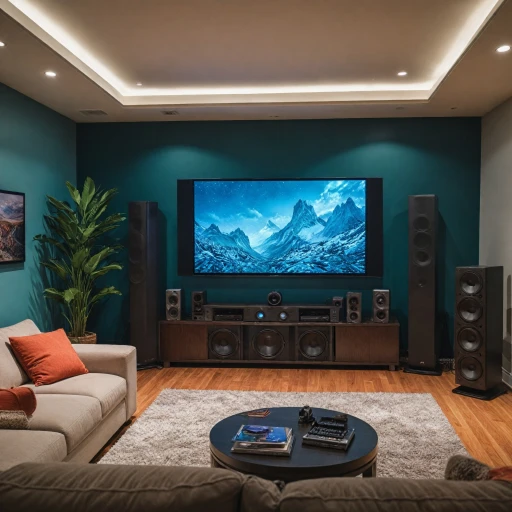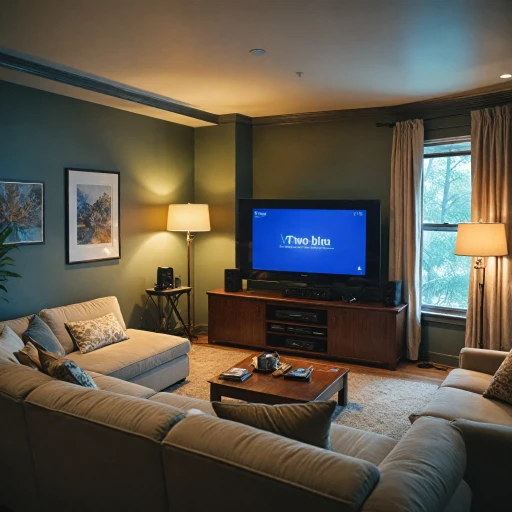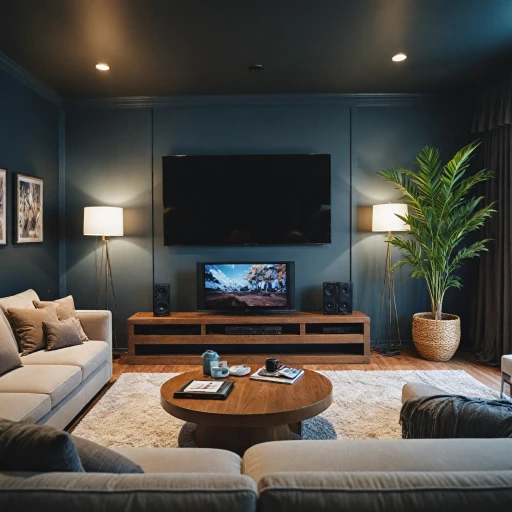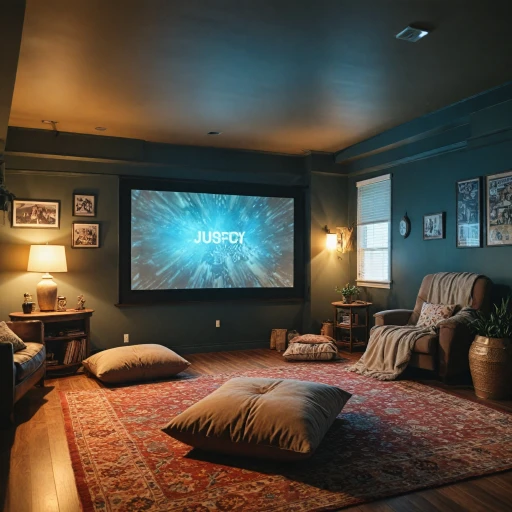
Understanding the Importance of a Projector Screen Frame
Unlocking the Potential of Your Viewing Settings
Choosing the right projector screen frame is pivotal in maximizing your home theater experience. While many might overlook the importance of the frame, it serves as a foundation that can significantly enhance your viewing quality. Here's how:- Supports Screen Tension: A fixed frame maintains optimal screen tension, preventing any creases or waves. This ensures a consistently clear image, whether you're watching a high-action scene or a still shot.
- Enhances Light Control: Frames, particularly those designed with light rejecting qualities, aid in minimizing ambient light interference. This means even in less-than-ideal lighting conditions, your projector can still deliver a pristine image.
- Consistency in Image Quality: With a well-chosen frame, particularly those featuring high-quality frame materials, a fixed setup ensures stability and uniformity in picture quality over time.
Types of Projector Screen Frames
Exploring Different Frame Options for Your Home Theater
Choosing the right projector screen frame is crucial for a truly immersive home theater experience. Screens are available with various frame options, each offering unique advantages in terms of durability, aesthetics, and price. Here, we'll explore the distinct types of frames to help you determine which best suits your needs.Fixed Frame
A fixed frame screen is ideal for those looking for a permanent installation in their home theater. Known for maintaining a tensioned screen surface, it provides a high quality viewing experience with no distortion. This type of frame is perfect if you have a dedicated room for your projector setup.Retractable Screens
For those who need flexibility, retractable screens offer a practical solution. They can be rolled up when not in use, allowing for space versatility. These frames are less rigid, but are perfect if you are concerned about ambient light or space constraints affecting your viewing.Manual and Electric Screens
Retractable screens come in manual and electric variants. Manual screens are typically more budget-friendly, making them a great choice if price is a major consideration. Electric screens offer the convenience of motorized operation, making it easy to adjust your screen's position with minimal effort.ALR Screens
If you’re investing in a projector screen for a room with high ambient light, consider an Ambient Light Rejecting (ALR) screen. These screens use special materials to block light from above or from the sides, enhancing image quality and making them particularly beneficial for high- and ultra short throw projectors. Having a clear understanding of the different types of projector screen frames available will assist in making an informed decision, ensuring your home theater setup offers the best performance for your visual content needs. For situations where a permanent screen isn't feasible, consider renting a screen as an alternative.Materials Matter: Choosing the Right Frame Material
Picking the Ideal Frame Material for Lasting Performance
When choosing a projector screen frame, material selection is a critical factor in ensuring a high-quality and durable setup. The material impacts not only the aesthetic appeal but also the functionality and longevity of your home theater setup. One of the primary considerations is selecting a frame that complements the type of projectors you plan to use, whether it's fixed, ultra-short throw, or standard throw projectors. Each type may require a different approach when it comes to frame construction and material.- Aluminum Frames: Known for their light weight and durability, aluminum frames are an excellent choice for fixed frame projector screens. They offer robustness without adding significant weight, which can simplify the installation process.
- Steel Frames: While heavier than aluminum, steel frames provide a robust option for those prioritizing strength. However, the increased weight may require additional support during installation.
- Wooden Frames: A traditional option, wooden frames offer a classic look but may lack in the high resistance to ambient light that contemporary materials provide. Matte white finishes can mitigate some of the reflection issues commonly associated with wooden frames.
Feel inspired to enhance your setup? Discover why a recessed TV mount could be the next step to elevate your entertainment space.
Installation Tips for Your Projector Screen Frame
Key Recommendations for Setting Up Your Ideal Screen Frame
Installing a projector screen frame is a critical step in enhancing your home theater experience. Begin by choosing the right location that accommodates your fixed frame setup. Ensure that the chosen spot is free from obstructions, allowing the frame projector to cast a clear image on the screen without interruptions. To maximize the performance of screens, it’s important to consider ambient light conditions. Opt for locations that minimize light interference or use light rejecting materials to improve the quality of the projected image. High-quality materials, such as matte white screens, provide optimal image reproduction for both short throw and ultra short throw projectors. For precise installation, follow these steps:- Measurement and Positioning: Measure the wall space to determine the appropriate screen size, whether it’s a gain projector or a 200 inch projector screen. Use a level to keep the frame perfectly horizontal during installation.
- Secure Proper Fastening: Use durable brackets and screws to secure the frame. This step is crucial for creating a fixed frame that remains stable over time, ensuring a seamless viewing experience.
- Cable Management: Arrange the cables for projectors neatly using cable ties to prevent distractions and hazards. This attention to detail adds to the sleek aesthetic of your setup.
- Fine-tuning for High Performance: Adjust the screen material, such as ALR projector screens, for optimum picture quality. Doing so significantly improves how the screen handles ambient light, maintaining clarity and color accuracy.
Maintaining Your Projector Screen Frame
Keep it in Pristine Condition
To ensure a long-lasting high-quality experience with your projector screen, regular maintenance of the frame is crucial. Since fixed frame projector screens are often assembled once and remain in place for extended periods, taking steps to preserve their condition can significantly enhance your home theater setup.
Dust and Debris Handling
Dust accumulation over time can affect both the optical quality of your screen and the integrity of the frame. Use a soft, dust-attracting cloth to gently clean the frame. Avoid any chemical cleaners, especially on frames made of sensitive materials. If your projector screen frame is in a location with high ambient light, frequent cleaning might be necessary to prevent dust from impacting light rejection performance.
Addressing Wear and Tear
Frames, especially those that are white and comprised of ALR (ambient light rejecting) technology, need careful monitoring for signs of wear. Regularly check for any dents, scratches, or loose fittings, particularly with fixed frames. These imperfections may slightly alter the light throw and image clarity. Investing in high-quality frames designed for ultra short throw projectors ensures resilience against wear and tear, providing a more durable setup.
Maintaining Optimal Tension
An important aspect of maintaining your projector screen frame’s efficiency is ensuring that the screen material remains taut. Over time, environmental changes such as humidity can affect the tension of the screen. Follow the specific tension adjustment instructions provided by manufacturers like Elite Screens to maintain the perfect surface tautness. This adjustment is crucial for avoiding screen rippling, maintaining uniform gain projector performance.
Regular Inspections
Regular inspections are vital for timely detecting any issues that might compromise your home theater experience. Set a schedule for checking the screen material and frame at regular intervals—monthly or quarterly, depending on usage frequency. Doing so not only preserves the appearance and functionality of your frame projector but also ensures you always enjoy your films and games in the best possible quality.
Budget Considerations for Projector Screen Frames
Budgeting for Your Home Theater Projector Screen Frame
When enhancing your home theater experience, understanding the financial aspects is crucial. Budget considerations for a projector screen frame can vary widely depending on several factors. Here’s a breakdown to help you make a financially sound decision without compromising on quality or experience.- Type of Screen: Fixed and retractable screens come at different price points. For those looking for stability and permanence, a fixed frame often offers the best quality. However, if flexibility is what you need, investing in a retractable screen could be worth the price.
- Screen Material: The material you select can have a sizable impact on cost. Matte white and grey screens are generally more affordable. On the higher end, you'll find high-quality, ambient light rejecting (ALR) screens, which are ideal for rooms with high levels of ambient light.
- Size and Aspect Ratio: Larger screens, such as a 120-inch projector screen, come with higher costs. Consider your room size and projector capabilities, such as short throw or ultra-short throw, to ensure the best fit and value.
- Quality and Brand: Renowned brands like Elite Screens may come at a premium but offer enhanced durability and performance, including advanced features like light rejecting technology.
